Best Russian Sage Companion Plants
Title: Best Russian Sage Companion Plants
Introduction:
Russian sage (Salvia nemorosa) is a beautiful and versatile perennial that can add a touch of elegance to any garden. It is known for its long-lasting, blue-purple flowers that bloom from midsummer to fall. Russian sage is also a magnet for pollinators, making it a great choice for attracting butterflies and bees to your garden.
In addition to its beauty, Russian sage is also a relatively easy plant to care for. It is drought-tolerant and can thrive in a variety of soil conditions. However, Russian sage does best in full sun and well-drained soil.
One of the best things about Russian sage is that it can be paired with a variety of other plants to create stunning garden combinations. Here are some of the best companion plants for Russian sage:
Main Content:
- Coneflowers: Coneflowers are a classic choice for companion plants with Russian sage. They come in a variety of colors, including purple, pink, and yellow, and they bloom at the same time as Russian sage. Coneflowers also attract pollinators, so they can help to create a more biodiverse garden.
- Echinacea: Echinacea is another great companion plant for Russian sage. It is also known for its daisy-like flowers, which come in shades of pink, purple, and white. Echinacea is a medicinal plant, and it has been shown to boost the immune system.
- Yarrow: Yarrow is a hardy perennial that can tolerate a variety of conditions. It blooms in late summer and fall, and its daisy-like flowers come in shades of white, yellow, and pink. Yarrow is also a medicinal plant, and it has been used to treat wounds and inflammation.

- Lavender: Lavender is a fragrant herb that is often used in cooking and aromatherapy. It also makes a great companion plant for Russian sage. Lavender blooms in late spring and early summer, and its flowers come in shades of purple, blue, and white. Lavender is drought-tolerant and can thrive in poor soil conditions.

- Shasta daisies: Shasta daisies are a type of daisy that blooms in late spring and early summer. They come in shades of white, pink, and yellow. Shasta daisies are a good choice for companion plants with Russian sage because they have similar growing requirements.
- Tall grasses: Tall grasses can add height and structure to a garden, and they make great companions for Russian sage. Some good choices for tall grasses include miscanthus, switchgrass, and maiden grass. Tall grasses also provide food and shelter for wildlife.

- Ornamental peppers: Ornamental peppers are a colorful addition to any garden, and they make great companions for Russian sage. They come in a variety of colors, including red, orange, yellow, and purple. Ornamental peppers are also relatively easy to care for.
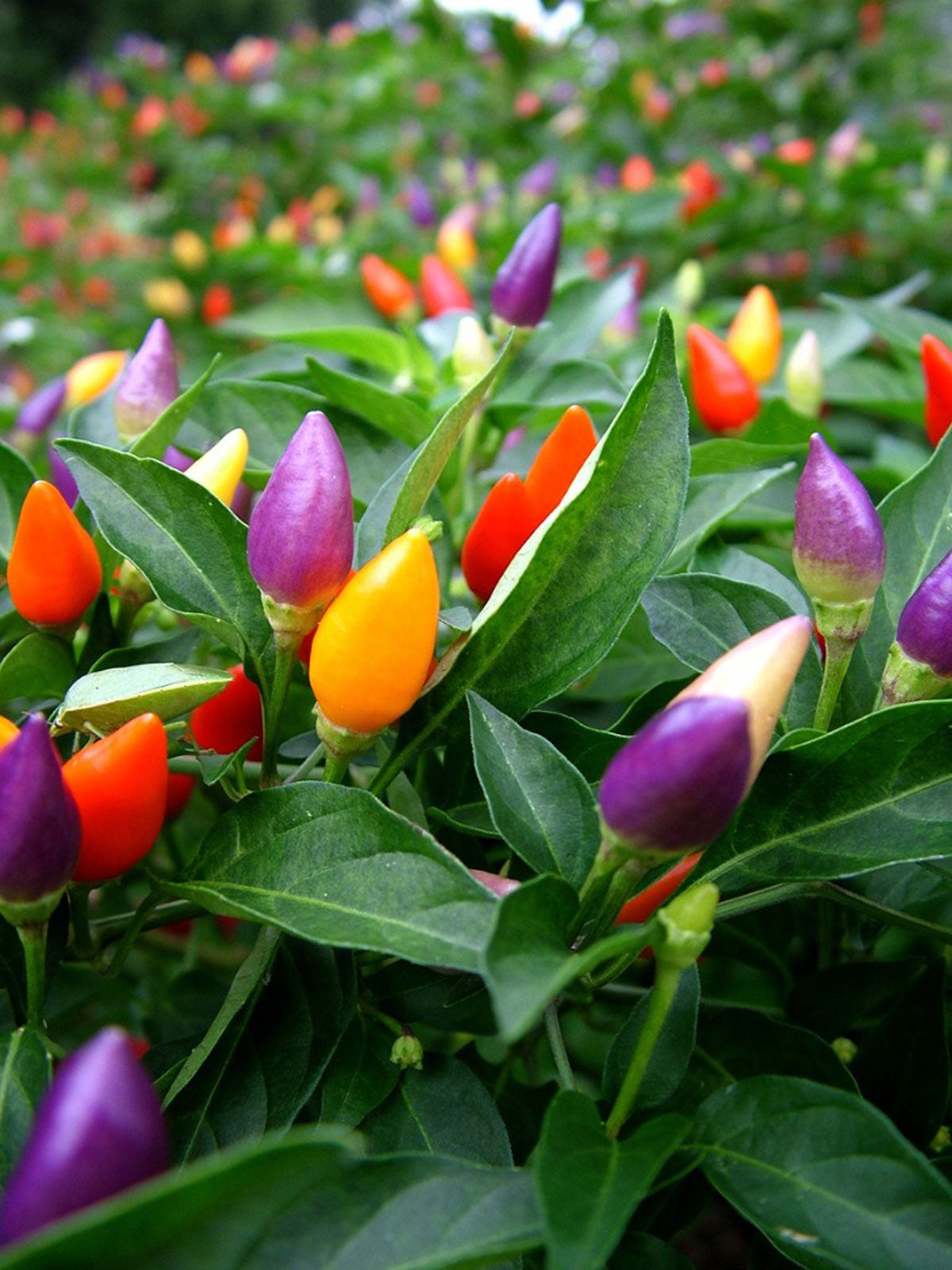
Conclusion:
These are just a few of the best companion plants for Russian sage. By pairing Russian sage with other plants that have similar growing requirements and bloom at the same time, you can create a beautiful and harmonious garden.
Russian sage is a beautiful and versatile plant that can add a touch of elegance to any garden. It's also a great companion plant for other flowers, as it can help to attract pollinators and deter pests.
Some of the best companion plants for Russian sage include:
- Coneflower
- Echinacea
- Globe thistle
- Lavender
- Phlox
- Verbena
- Yarrow
These plants all have similar growing conditions to Russian sage, so they will thrive in the same type of soil and sunlight. They also complement each other's colors and textures, creating a beautiful and harmonious display.
To learn more about Russian sage companion plants, visit Home Gardening.
FAQ of russian sage companion plants
- What are the best companion plants for Russian sage?
Some of the best companion plants for Russian sage include:
Yarrow: Yarrow is a drought-tolerant plant that blooms in shades of white, yellow, and pink. It can help to attract pollinators to your garden, and it can also help to deter pests.
Lavender: Lavender is another drought-tolerant plant that blooms in shades of blue, purple, and white. It has a strong scent that can help to repel pests, and it can also help to improve the flavor of your food.
Bee balm: Bee balm is a nectar-rich plant that attracts bees, butterflies, and other pollinators. It blooms in shades of pink, purple, and red.
Purple coneflower: Purple coneflower is a tall, sturdy plant that blooms in shades of purple and pink. It is a good choice for attracting butterflies and other pollinators.
Echinacea: Echinacea is a flowering plant that is native to North America. It blooms in shades of pink, purple, and white. It is a good choice for attracting butterflies and other pollinators, and it has also been shown to have medicinal properties.
What are the benefits of planting Russian sage with companion plants?
There are several benefits to planting Russian sage with companion plants. For example:
Companion plants can help to attract pollinators to your garden, which can help to improve pollination and fruit set.
Companion plants can help to deter pests from your garden. For example, yarrow and lavender have a strong scent that can help to repel pests.
Companion plants can help to improve the health of your Russian sage plants. For example, echinacea has been shown to help to protect Russian sage plants from pests and diseases.
What are some tips for planting Russian sage with companion plants?
When planting Russian sage with companion plants, there are a few things to keep in mind:
- Choose companion plants that have similar growing requirements. For example, all of the plants listed above are drought-tolerant, so they would be a good choice for planting with Russian sage.
- Consider the size of the plants when choosing companion plants. For example, yarrow is a tall plant, so it would not be a good choice to plant next to a short plant like lavender.
- Plant companion plants in a way that they complement each other's colors and textures. For example, you could plant Russian sage with lavender and purple coneflower to create a beautiful, colorful display.
Image of russian sage companion plants
Coneflowers are tall, daisy-like flowers that come in a variety of colors, including purple, pink, and white. They are a good companion plant for Russian sage because they have similar growing conditions and bloom at the same time.
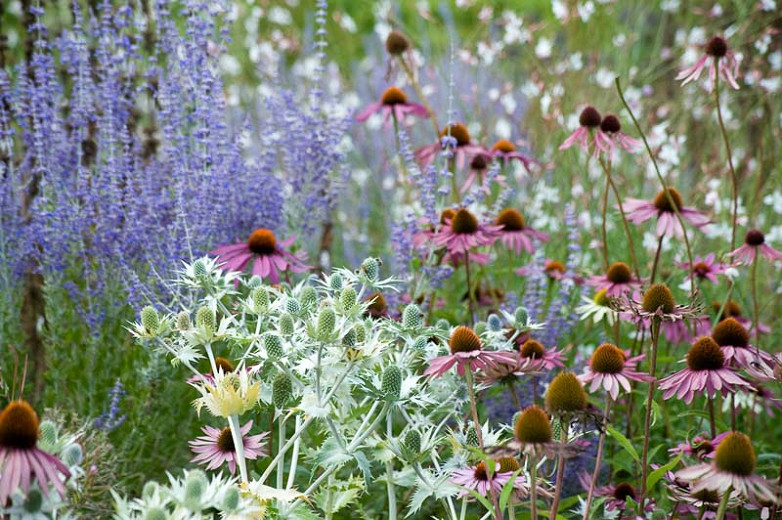
Globe thistle is a tall, spiky plant with blue or purple flowers. It is a good companion plant for Russian sage because it adds height and structure to the garden.

Tall verbena is a long-blooming, cascading plant with lavender or pink flowers. It is a good companion plant for Russian sage because it adds movement and interest to the garden.

Lavender is a fragrant, silvery-blue plant that is native to the Mediterranean region. It is a good companion plant for Russian sage because it has similar growing conditions and blooms at the same time.
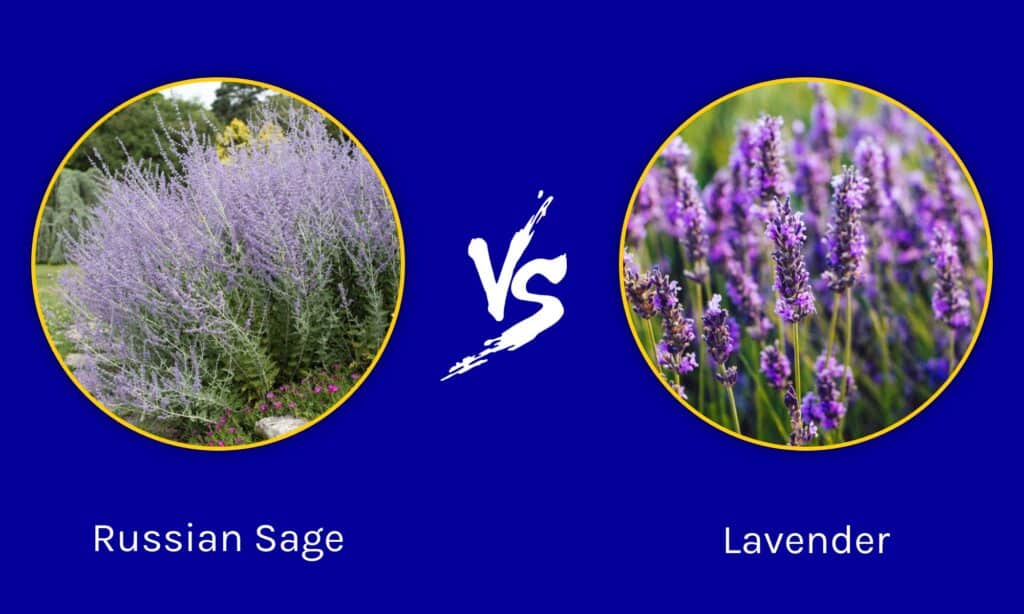
There are many different varieties of salvia, but all of them are known for their vibrant colors and long-blooming flowers. They are a good companion plant for Russian sage because they have similar growing conditions and bloom at the same time.

Yarrow is a hardy, drought-tolerant plant with white, pink, or yellow flowers. It is a good companion plant for Russian sage because it adds height and texture to the garden.

Catmint is a fragrant, trailing plant with blue or purple flowers. It is a good companion plant for Russian sage because it attracts pollinators and deters cats.
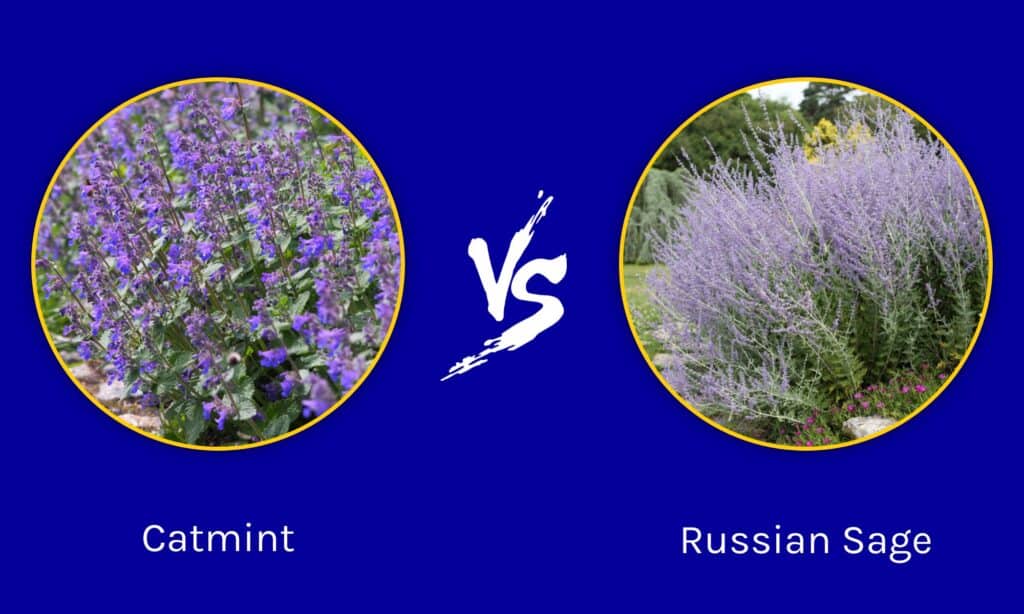
Bee balm is a tall, aromatic plant with red, pink, or lavender flowers. It is a good companion plant for Russian sage because it attracts pollinators and deters pests.

Phlox is a tall, summer-blooming plant with colorful flowers. It is a good companion plant for Russian sage because it adds height and color to the garden.

Asters are a group of fall-blooming plants with daisy-like flowers. They are a good companion plant for Russian sage because they add color and interest to the garden in the fall.
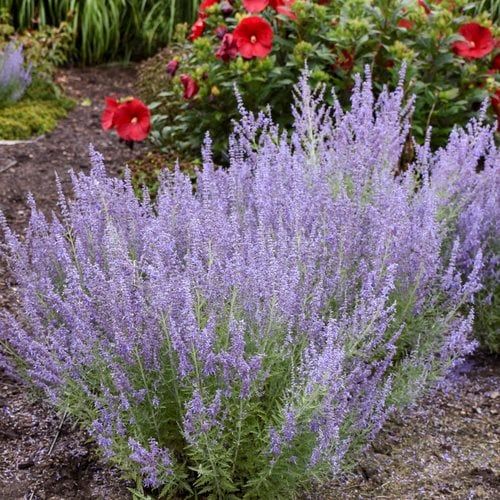


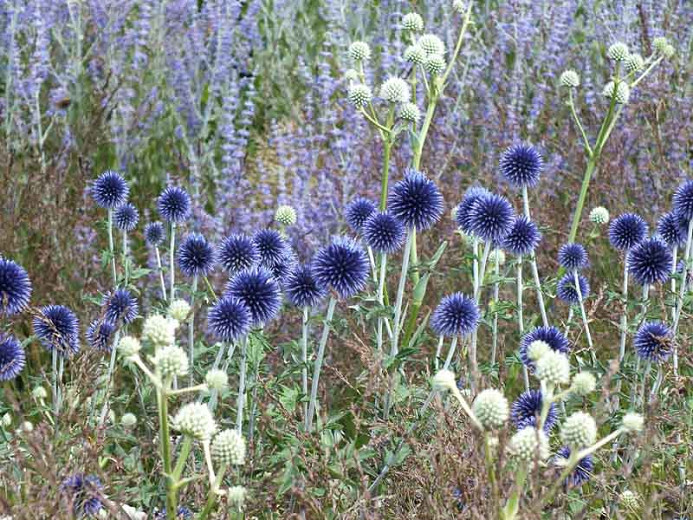

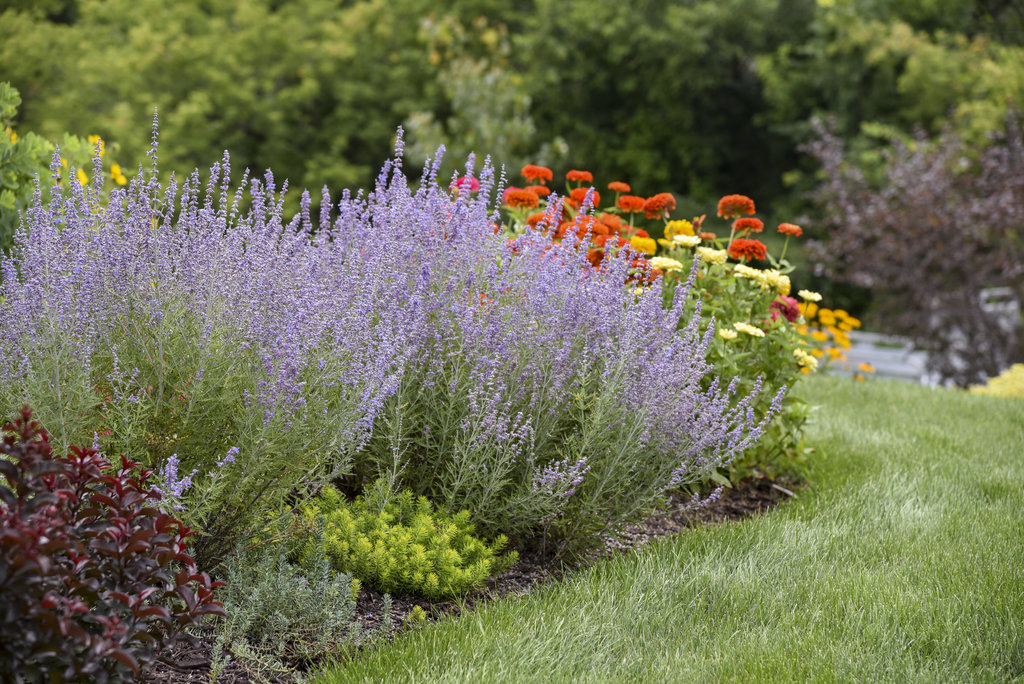


Post a Comment for " Best Russian Sage Companion Plants"